How to Defend Against Enemy Intercepts in DCS World Without Visual Contact.
How to Defend Against Enemy Intercepts in DCS World! In DCS World multiplayer, it’s common to get spiked, locked, or even shot at by an enemy fighter before you can see them. Good pilots know how to defend even blind. Here’s a complete guide on how to break an interception without ever seeing the enemy aircraft.
Visually Detecting the Intercepting Aircraft in DCS
Is there a military scanning technique? Yes, there is a specific and well-practiced method used by military pilots for visually scanning the sky to detect enemy aircraft — especially before the era of advanced sensors and radars, but it still has relevance in visual dogfights and in simulators like DCS World.
The Military Scanning Technique (Visual Search Doctrine)
The visual scanning technique pilots are taught is based on managing human visual acuity, field of view, and fatigue. It’s a systematic scanning pattern called “The Scanning Technique” or “Sector Search”, often involving:
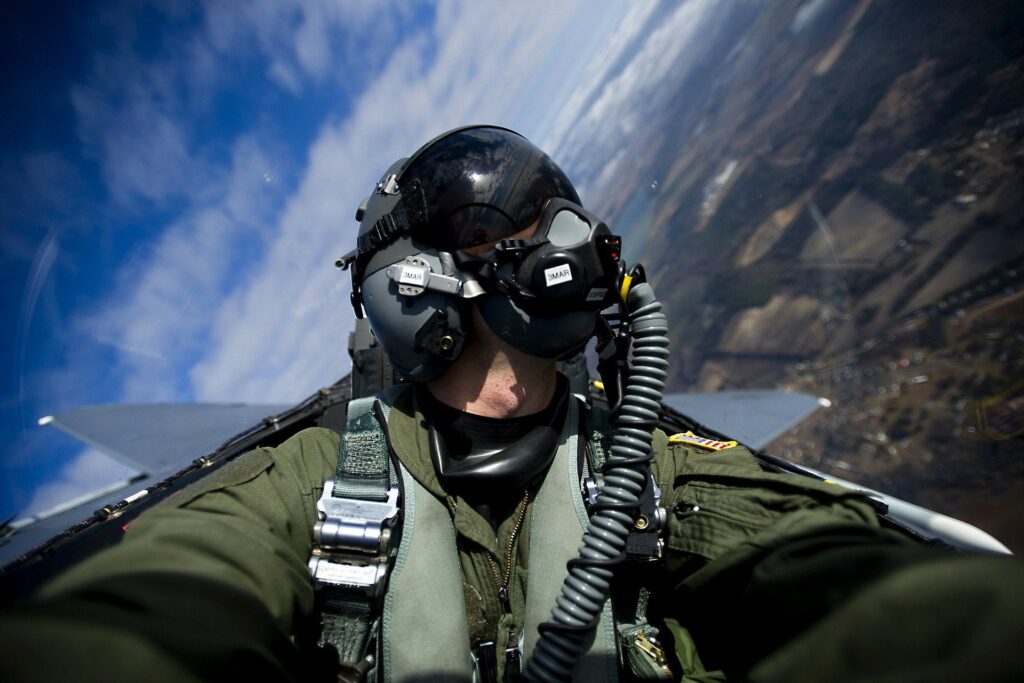
Breakdown of the Technique
1. Divide the Sky into Sectors
- Pilots break down their field of view into sectors (usually 10° to 20° wide).
- The sky is often mentally divided into left, center, and right quadrants, both high and low.
- In some training, this is simplified to a clock system — e.g., checking 12 o’clock high, 3 o’clock low, etc.
2. Scan Using Eye Movements
- You move your eyes, not your head, in small jumps — not smooth sweeping motions.
- Each movement should cover 10–15° horizontally and 10° vertically.
- Pause 1-2 seconds per “step” to allow the fovea (sharpest part of the eye) to focus.
3. Head Movement for Full Coverage
- After completing an eye scan of one sector, the head moves slightly to adjust the view and repeat the scan.
- This allows the pilot to avoid blind spots and peripheral deception.
It’s important to note you should keep your head still during each scan. If your head is moving your eyes will miss the movement of the small object across the ground.
4. Focus on Contrasts and Movement
- Aircraft can be hard to spot unless they’re moving across your field of view.
- Look for contrails, sun reflections, or movement relative to the ground/horizon.
5. Use Peripheral Vision Smartly
- Fast movers might be better spotted peripherally because motion triggers attention better in peripheral vision.
- But detail (like aircraft shape or position) needs central focus (foveal vision).
Effectiveness
- Very effective at medium ranges and critical in dogfighting (e.g., within visual range/WVR).
- It’s the primary method used before radar contact or to visually confirm bogeys.
- Requires training and discipline to be consistent, especially under stress.
- Reduces chances of “bounce” — being surprised by an enemy.
Using Military Scanning Techniques in DCS WORLD
Here’s how to apply it:

Practical DCS Tips:
- Use head tracking (TrackIR, VR, Tobii, etc.) to mimic real-life head movement.
- Divide your scan zone just like in real life. Use the cockpit canopy frame to segment sectors.
- Zoom in and out to simulate foveal focus vs peripheral detection.
- Use external cues: sun angle (stay out of the sun), smoke trails, and terrain contrast.
- Communicate visually with wingmen in multiplayer (e.g., “Bandit 3 o’clock low!”).
Bonus: Defensive Scanning in Intercepts
When defending a strike package (e.g., you’re escorting bombers or a flight), you:
- Assign sectors to each wingman.
- Constantly scan your own assigned sector.
- Use radar or RWR cues to prioritize areas for visual scan.
- Scan high and low — most ambushes come from above and behind (classic energy advantage).
Avoid the Intercept & Fight!
The Basic Concept:
When intercepted, assume the worst: a missile is inbound.
Your goal is to know how to defend against enemy intercepts in DCS World by surviving the initial engagement by forcing the enemy to either waste a missile, bleed their energy, or lose radar lock — without needing visual contact. Its all about being an aggressive pilot and not accept what your fate could be.

Step-by-Step Defensive Actions:
1. Monitor Your RWR Carefully
- RWR Spike? → A radar is tracking you.
- Launch Warning? → A missile has been fired (depends on your aircraft/RWR).
- Watch threat direction and range closure on the RWR.
2. Begin an Immediate Defensive Maneuver

- Start a notch maneuver (turn perpendicular to the radar) — usually 90° left or right relative to the threat.
- Fly level or dive slightly to maintain airspeed.
Enemy radars rely in the Doppler Effect so you need to be moving towards or away from them to be detected. If you fly at 90 degrees you speed towards or away is minimal and the enemies lock can be broken.
3. Crank Maneuver (If You Fired First)
- If you launched a missile, crank: turn 45-60 degrees away from the target while keeping the enemy within your radar gimbal limit.
- This delays their missile’s impact and lowers your radar signature.
4. Drag and Extend
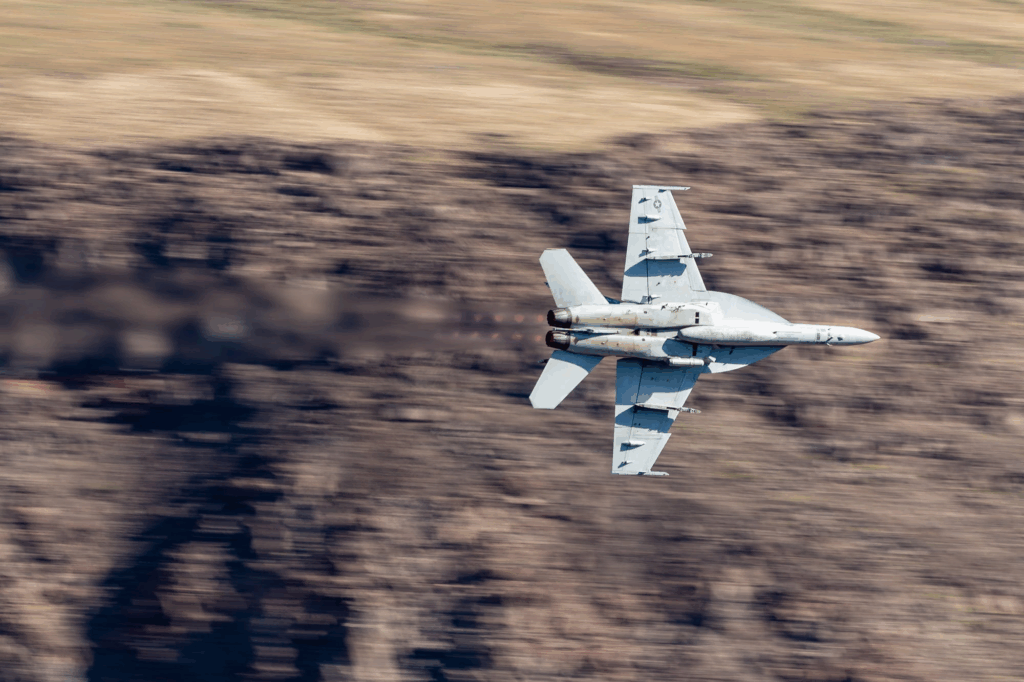
- If outnumbered or unsupported, drag away from the threat at maximum speed.
- Descend slightly to gain energy (about -10° to -15° nose down).
- If possible, drag the enemy into friendly SAM or fighter coverage.
5. Terrain Masking
- If available, dive behind hills, mountains, or buildings.
- Radars and missiles lose lock when you break line-of-sight.
6. Chaff and ECM Usage
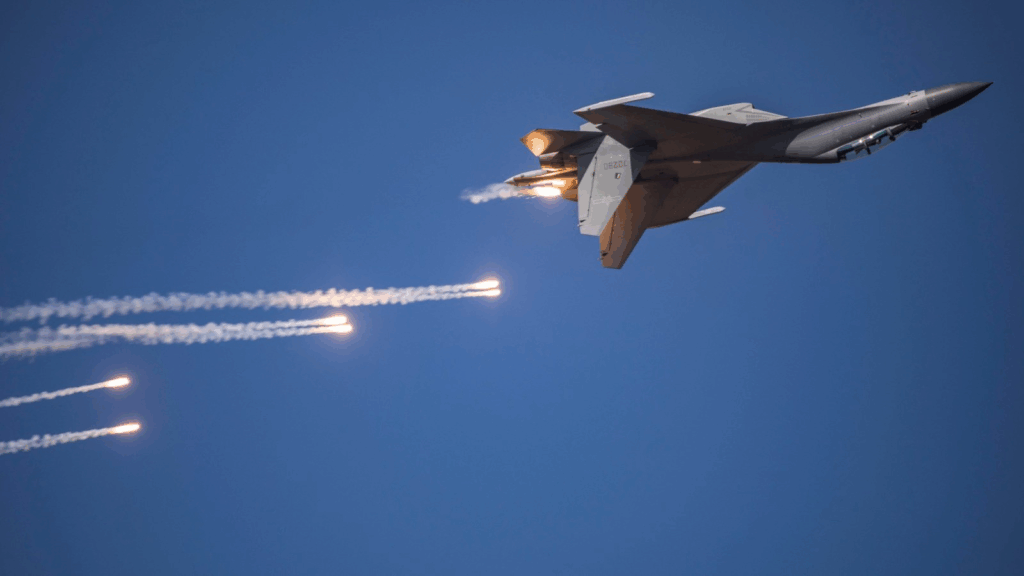
- Use chaff in bursts when notching or defending a missile.
- If your aircraft has ECM (jamming), turn it on early during drag/escape (note: ECM is detectable).
7. Timing and Patience
- Stay defensive for 20-40 seconds after the threat — missile motors burn out quickly.
- After defeating the initial intercept, reassess:
- Re-engage if you gain advantage.
- Continue egress if you’re still defensive.
DIAGRAM: Blind Defensive Counter-Intercept
Enemy Radar →
|
| You get spiked on RWR or Get AWACS BRA Call!
|
\|/ Immediate Response:
(YOU)
\
\ ← Turn 90° to notch (beam) - Defeat Radar Lock!
\
→ Maintain speed and altitude initially
\
\ After notch, drag away fast (descend slightly)
\
\ (Optional: Terrain Masking Here)
\
\ Keep chaffing while dragging - Maintain Energy
\
→ Extend at full speed (AB if needed)
\
\ Regain SA and decide to re-engage or run
Quick Tips:
- Always assume an active missile (Fox-3) is in the air even if you didn’t get a launch warning.
- Beaming (90° turn) is your first instinct when spiked.
- Practice notch timing: an early notch can make enemy missiles miss entirely.
- Terrain is your best friend — use it aggressively.
- Communicate: if you’re flying multiplayer with a team, call out threats so others can assist.
The Complete Beginner’s Guide to DCS World
Welcome to the world of Digital Combat Simulator (DCS World), the ultimate flight combat simulation that brings the thrill of…
Comparing Real World Aviation Procedures to Flight Sim Techniques.
Flight simulators have grown into sophisticated training tools, bridging the gap between virtual flight and real-world aviation….
Mastering Dogfighting in DCS World and Falcon BMS: Max-Perform Your
This post covers essential techniques, cues, and parameters that new combat pilots need to dominate close-range dogfights in DCS World…
X-Plane 12.4 Beta Review – Exciting Additions!
X-Plane 12.4 Beta Review – A Major Leap Forward for Performance, VR & Visual Fidelity Note: X-Plane 12.4 is currently in…
Full Guide: DCS Balkans Map + All Upcoming DCS World
Full Guide: DCS Balkans Map + All Upcoming DCS World Modules. Summary: Eagle Dynamics and OnReTech have officially announced DCS: Balkans,…
DCS World T-45 Goshawk Formation Flying for Beginners Tutorial .
Military Formation Flying in DCS: Your First Flight in the T-45 Goshawk. So, you’ve got your wings (virtually speaking), strapped into…
DCS WORLD T-45 Goshawk EASY Navigation for Beginners.
DCS WORLD T-45 Goshawk EASY Navigation for Beginners is simply that. We do our planning in the DCS World Editor…
How the U.S. Navy Trains Jet Pilots: A Complete T-45
Welcome to Letsflyvfr.com guide to T-45C Goshawk Training – How the U.S. Navy Trains Jet Pilots so you can train…
DCS WORLD – The MB-339 by IndiaFoxtEcho: A Complete Overview.
The MB-339 occupies a very particular niche in DCS World: it’s not a fighter, not a frontline attack jet, but…
Author
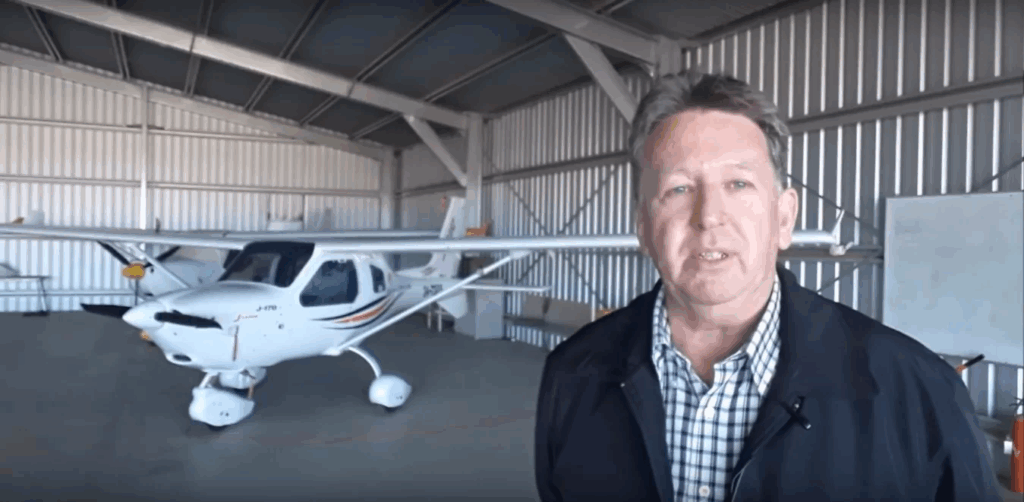
Brendon McAliece (Aka Gunnie) is a military veteran with 23 years working on Jet Fighters, their weapons systems and ejection seat/module systems as well as munitions and R&D. Involved with flight simulation since the 1980s, he has flown all the major flight simulators over the years.
He is an Australian expat who has lived in Malaysia, UK, Saudi Arabia and more recently Thailand. He is a multi-lingual blogger who loves to share his life experiences here on LetsFlyVFR.com and DreamingGuitar.com, with his lifestyle and Travel experiences Blog plus his Dreaming Coffee website.
Learn More @
DreamingGuitar.com – DreamingCoffee.com – LetsFlyVFR.com
( HOME – BLOG – SHOP – ABOUT )
As an Amazon affiliate I may benefit from qualifying sales.
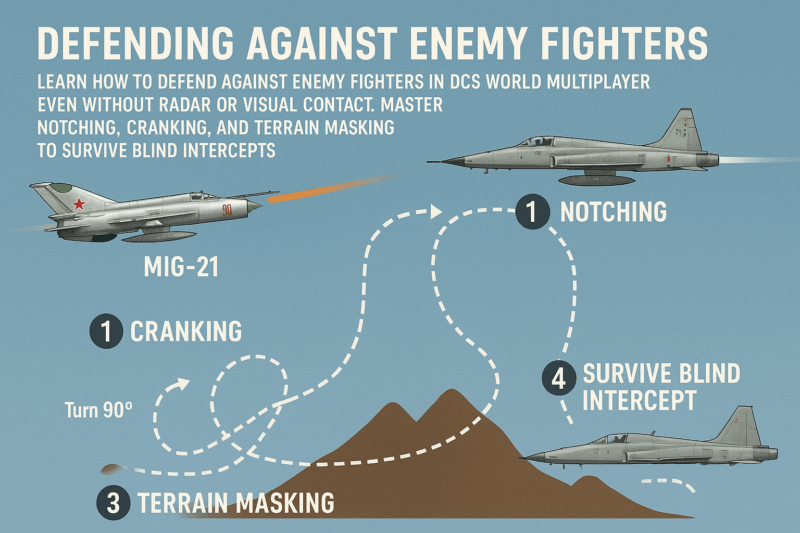
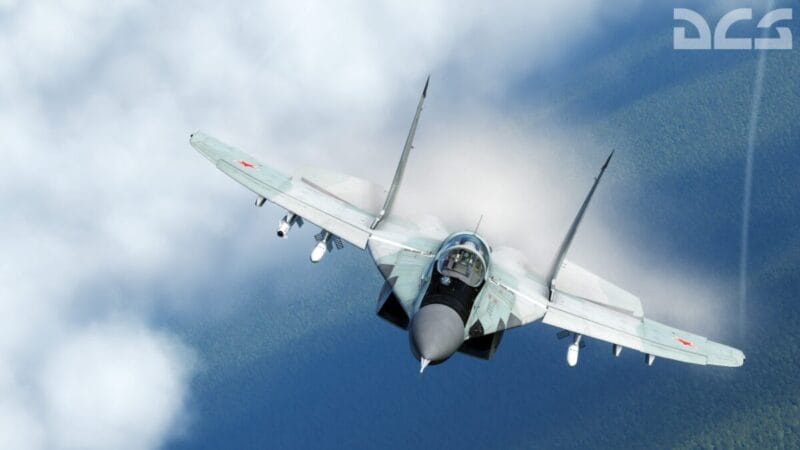

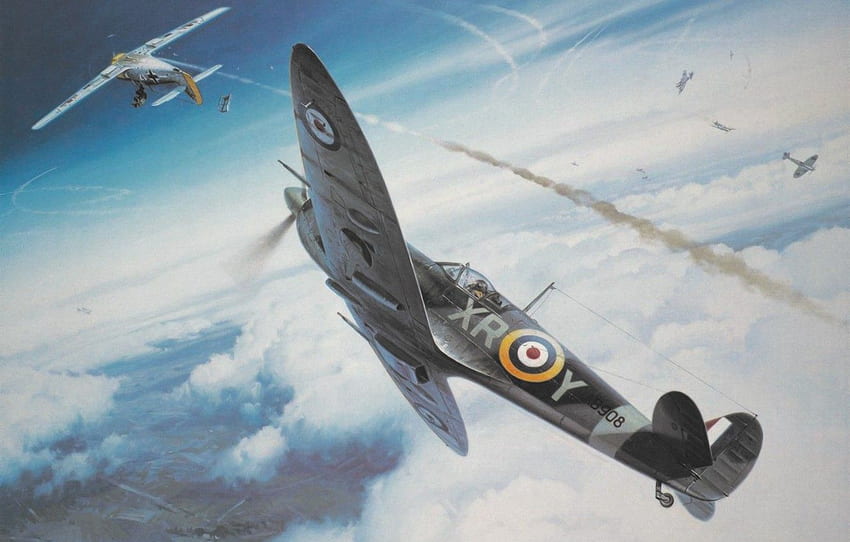
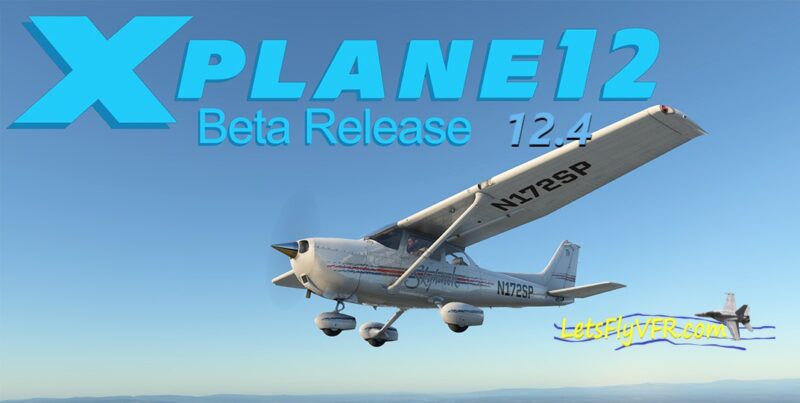


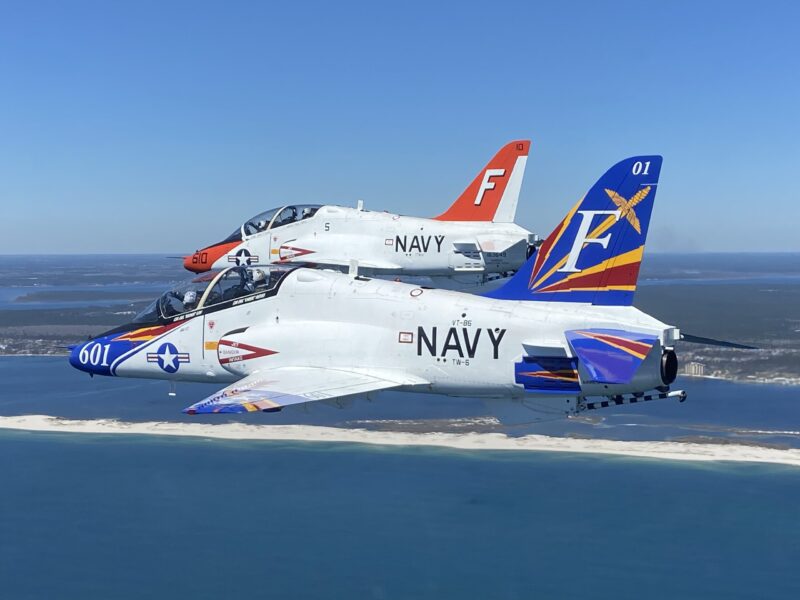


One response to “How to Defend Against Enemy Intercepts in DCS World Without Visual Contact.”